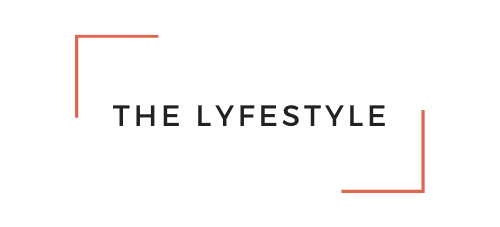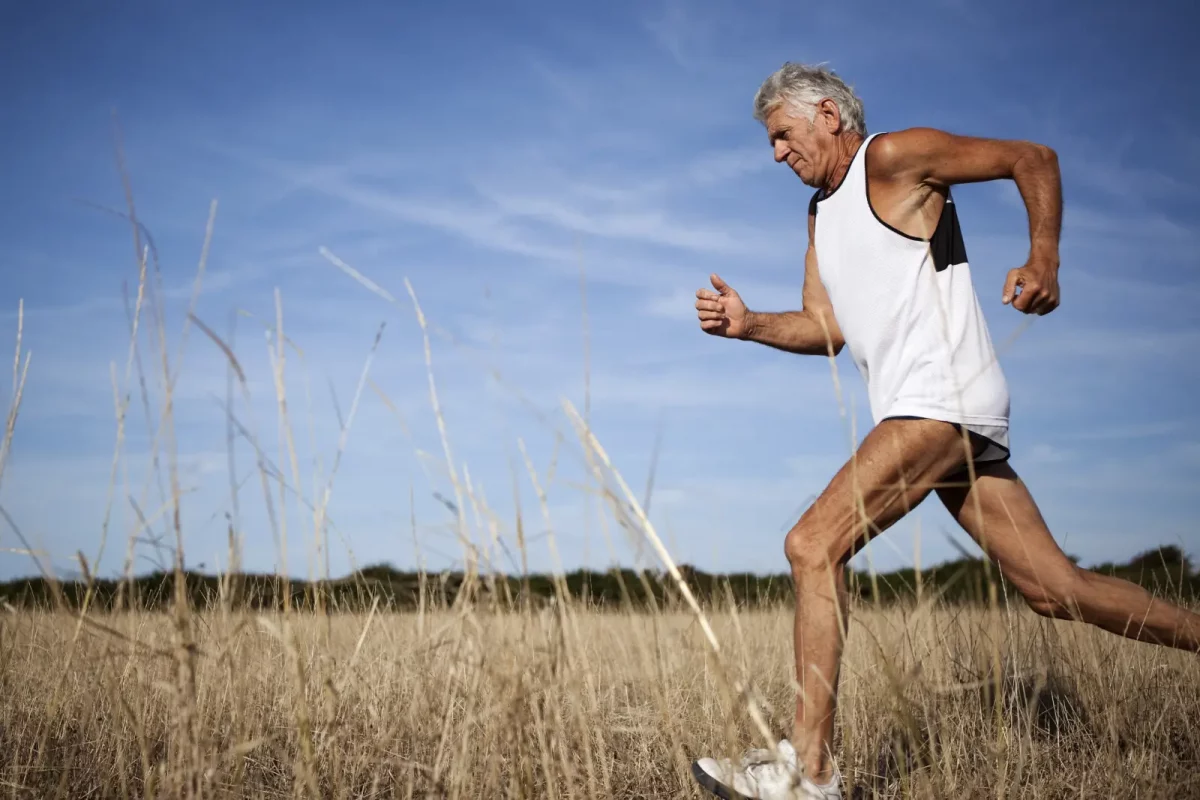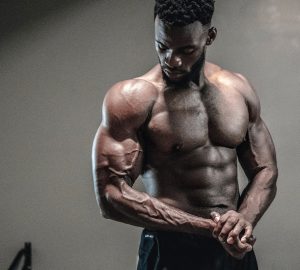“The fountain of youth exists… you just have to work to drink from it”. — unknown.
We are obsessed with staying young, and why not? Most everyone would rather keep the health, fitness, and yes, looks of their youth.
There are countless products out there promoting a quick-fix, magic bullet solution (you know what I’m talking about). It’s tempting to want to believe; but all too often, they’re selling false hope.
The reality is that it’s not that easy. We have to work for it.
And it comes back to something we already know: Exercise (and a healthy diet – check out Canada’s food guide.
Many of the things we attribute to inevitable aging have significant overlap with hardly moving for decades; just a few examples:
- Decreased muscle mass, strength, and power
- Decreased maximal and submaximal aerobic capacity, and maximal heart rate
- Reduced insulin sensitivity and glucose tolerance
- Increased visceral fat mass and total body fat
- Impaired immune function
- Decreased bone mass and strength.
Now, likely many of you reading YEG Fitness are already drinking from the fountain, so to speak. But do all of your loved ones? Who would you like to share a drink from the fountain of youth with?
In addition to disentangling themselves from the examples of “inevitable” aging listed above, there are other benefits of exercise for aging. In Alberta, a major part of government spending is on health care, and an increasingly large part of that spending is on seniors. This may pose a challenge in the near-future. How much of those health-care costs — for seniors or for the public at any age — are due to preventable issues? Not all, granted. But certainly more than none. And what if exercising with your loved ones meant that you had more— and higher quality — time together?
Of course, be careful about launching into training if you have been sedentary for a while — especially if you have been sedentary for decades. Talk to a doctor. Consider hiring a personal trainer.
They will likely recommend that you focus on these types of exercise:
Mobility and balance
A lot of seniors are interested in retaining “Activities of Daily Living” (ADLs), for example: dressing, bathing, getting in and out of a chair, etc. Retaining (or regaining) mobility is important to achieving ADLs.
So is maintaining balance: falls are of particular concern to seniors, as they can result in broken bones, dislocated joints, and ligament and tendon damage.
Resistance Training
To combat muscle and bone decline, resistance training is particularly helpful for seniors. It may also be one of the things seniors are less likely to do. Breathing while lifting is important for seniors, so that blood pressure doesn’t spike dangerously high.
Aerobic exercise
Sub-maximal aerobic exercise is important to maintain and develop cardiovascular health and aerobic performance. Otherwise, as is the case for some seniors, simply going up a flight of stairs or even getting out a chair reaches their maximal heart rate. As you can imagine, it’s important to have a larger buffer zone than this.
Now, granted, there is some inevitable age-related decline.
But for those of us who have watched Toy Story, I believe we need to be like Buzz Lightyear, and fall with style. Reach a peak, and then glide on down slowly.
And it’s never too late! Here are some inspiring older folks in a variety of disciplines:
Inspiration
Sonny (AugustaChronicleTV, 2013) and Ernestine (Shepard, 2018) are two bodybuilders who got into bodybuilding late in life. But they (Sonny at 70 years old and Ernestine at 81) look and perform anything but their age!
Bodybuilding isn’t the only way of staying in shape. Mr. Bowen, featured at 60 years of age, stayed incredibly fit through the use of bodyweight and calisthenics movements.
And just to round out some disciplines, Jeannie Rice (Butler, 2019) and Ed Whitlock (Wikipedia, 2019), have both run marathons fantastically fast in their 70s and beyond.
Bottom line: grab a loved one, get moving, and drink from the fountain of youth!









